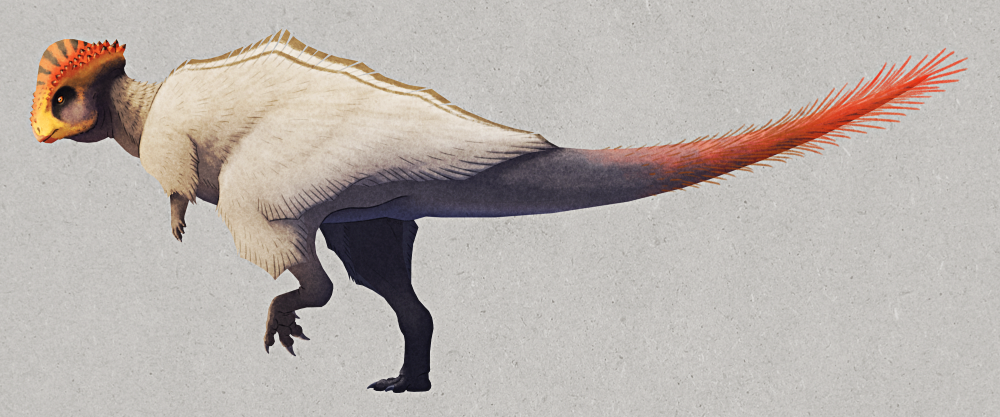First described and named in the early 1900s, Stegoceras validum was a dog-sized small pachycephalosaur that lived in Alberta, Canada, during the Late Cretaceous (~77-74 million years ago).
Initially just known from its skull domes, it was one of the first pachycephalosaurs to be discovered and was very poorly understood until more complete remains were found in the 1920s. Then it spent a couple of decades being mixed up with Troodon due to similarities in tooth shape, until the discovery of Pachycephalosaurus led to pachycephalosaurs finally being recognized as a distinct group of ornithischian dinosaurs in the 1940s.

For much of the 20th century Stegoceras was treated as a wastebasket taxon for any small-to-mid-sized North American (and one Asian) pachycephalosaur, and multiple different species were named based on what were often rather dubious fragmentary fossils. But towards the start of the 21st century this mess did start getting cleaned up, merging some dubious species into the original Stegoceras validum, and moving others to separate genera like Sphaerotholus, Colepiocephale, Hanssuesia, and Sinocephale.
By the early 2000s just the Canadian Stegoceras validum remained – but then in 2011 the new species Stegoceras novomexicanum was named based on specimens from New Mexico, USA. The validity of this second species has been debated, since the fossils are juveniles and might instead belong to Stegoceras validum or another genus like Sphaerotholus, but if it is some sort of Stegoceras then it significantly re-extends the known geographic range of this little pachycephalosaur.
